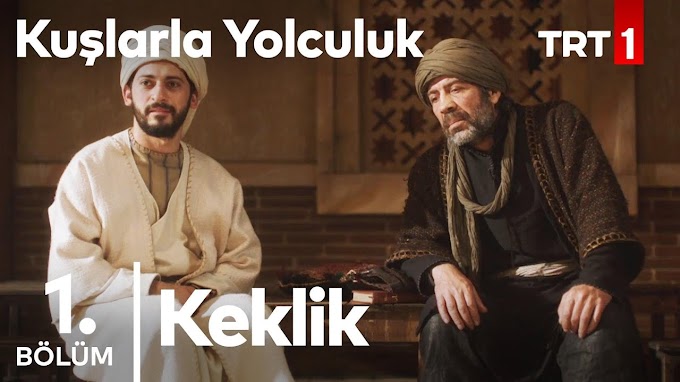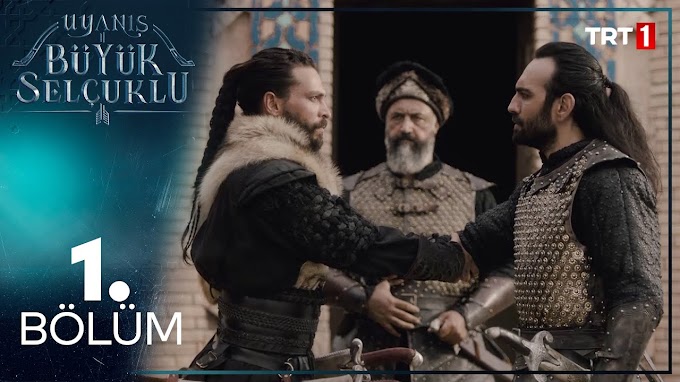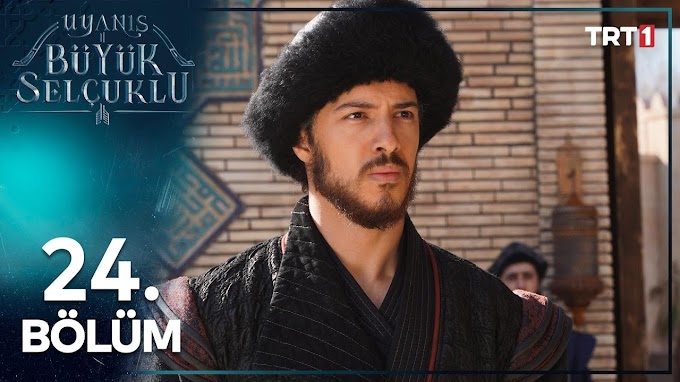Mehmed the Conqueror (7th Sultan of the Ottoman Empire)
Early Life

Accession and Reign
In August 1444 CE, Sultan Murad II decided to go to reclusion and called his son Mohammad back and handed over the throne to him.Sultan Mohammad was just 12 years of his age. At that time, there were concerns about the Varna War. So that he wrote a letter to his father that he should come back and command the army. But Sultan Murad II refuses to do so and preferred zodiac life. Sultan Mohammad wrote another letter, “If you are a Sultan, then come back and command his army and if I am Sultan then I order you to command my army”. So Sultan Murad II came back and left his son in Edirne as Sultan. He commanded the ottoman’s army in Battle of Varna which was fought in late 1444 CE. In September 1446 CE, Sultan Murad II took the throne again because some ministers of the throne were not happy with the rule of this child and Janissary started a rebellion. Mohammad II was sent to Amasia again. On 3rd February 1451 CE, after the death of Sultan Murad II, Mohammad II became the 7th Sultan of the Ottoman Empire. At that time his age was only 19 years.
Sultan Mohammad II started preparing to attack Constantinople right after getting the rule. Constantinople was much important city but to conquer this was also a much difficult task. Out of four sides of this city, only one side was dry and the other three were covered by the sea. So ground forces could attack from only one side. But this part was much strong. One after the other, three walls were made for the protection of this part. The inner two walls were too much strong. There was a distance of 60 feet between each wall. During the reign of Byzantines, Constantinople was sieged almost 24 times but no one could conquer this city. The Holy Prophet Hazrat Mohammad P.B.U.H said, “Verily you will conquer the Constantinople, that Emir will be wonderful, and that host will also be wonderful” (Reference: Imam Ahmad Bin Hanbal, Book 6th, page 225). Because of this hadith, every commander of the Muslim’s army was desirous of conquering Constantinople and called luck. Hazrat Emir Muawiyah (R.A) and Caliph Suleiman bin Abdul Malik are included in those commanders. In the reign of the Ottoman Empire, first of all, Sultan Bayezid I (Yildirim) and after that Sultan Murad II also sieged this city.

Sultan Mohammad II created good relations with all other enemies before the invasion of Constantinople so that he could concentrate on it. Sultan Mohammad built a fortress named Rumeli, at a distance of 5 miles from Constantinople which was opposite to Anazole Fort build by Sultan Bayezid Yildirim. Now Bosphorous River was in the hands of the Ottomans. No ship could pass through without the permission of Sultan Mohammad. Sultan gathered an army of 150,000 warriors in Edirne but only the numbers couldn’t get this city. It was necessary for conquering Constantinople to continuously bombard its walls using cannon on the dry side. Turks were using the cannon at that time. But Sultan Mohammad made a much bigger cannon with the help of a Christian Engineer named Arbaan. The chord of its cannonball was 2.5 feet. Except this, he also made some small cannons which could fire fast. In order to attack from the seasides of Constantinople, Sultan Mohammad prepared 180 ships. He involved in the preparation of sieging Constantinople for 2 years. The king of Constantinople wrote letters to European Rulers to help him but because of the involvement of Greece’s Pops, he couldn’t receive a good response. The commander of Geneva reached with 2 warships and 700 selected warriors for the help of Constantinople. And only 3000 Greece’s warriors came to help him.

There was a dry portion of 3 km in between Bosphorus River and the Golden Horn. But it was not smooth. Sultan Mohammad made a wooden road using boards on the mountainous land. He made the road slippery by using animal fat and 80 ships entered the city within one night. This wonderful step was not being taken before in history. Now the seaport side was also sieged. The King of Constantinople had to send his army to this side too. Ottomans were attacking continuously from the dry side also. After firing the cannonballs for 7 weeks, there produced countable holes in the walls of the city. There passed 54 days while sieging the city. Janissary host entered the city from these holes. In this way, on 29th May 1453 CE, Sultan Mohammad conquered this city at the age of 21 years only.
Sultan Mohammad ordered not to damage the belongings of the people. Sultan Mohammad converted the famous church Hagia Sophia into a Mosque. In 1935 CE, Mustafa Kamal Ataturk converted it into Museum. When Sultan Mohammad came to know about the burial of Hazrat Ayub Ansari R.A who was martyred while conquering this city, he built a Mosque there, which was named as Jamia Mosque Abu-Ayub. Mausoleum of Hazrat Ayub Ansari R.A was made on one side of the Mosque. The name of the Constantinople was changed to Islambol which converted to Istanbul later. He made Istanbul as the capital of the Ottoman Empire. He reconstructed the city from the start. Sultan Mohammad was given the titles of “Conqueror” and “Caesar Rome”. After the victory of Constantinople, Sultan Mohammad didn’t stop. In fact, a major part of the reign of 30 years spent in the war field. Greece and Serbia were made to pay an annual tax. Next year Sultan Mohammad moved towards Belgrade. At that time, Hunyadi Janos was the King of Hungary. In this battle, Sultan Mohammad was injured and Muslims had to suffer a lot. So he had to finish the siege of the city. On the other side, Hunyadi was also injured and while not bearing the wounds, he died. In 1459 CE, Serbia lost its existence and was made a province of the Ottoman Empire. In 1460 CE, Morea was made a new province of the Empire. In 1462 CE, Bosnia was conquered.
Now Sultan Mehmed the Conqueror moved towards Asia. Karamania, Sinop, and Trabzon were conquered. Some islands around Morea were easily conquered and included in the Ottoman Empire. In 1467 CE, Albania and then Herzegovina were conquered. After the victory of Constantinople, another great victory of Sultan Mohammad was the Khanate of Crimea in 1475 CE. Wallachia accepted the slavery of the Ottoman Empire after the battle of Kosovo. In the reign of Sultan Mohammad, Vlad III the Impaler was the ruler of this state. He started a rebellion against Sultan Mohammad. He was a very cruel man and was famous for disturbing people a lot. He used different new methods to kill people. His most likely method was to kill by pushing nails into the body. Even that he got famous with the name of Dracula. When Sultan Mohammad came to know about this incident, he prepared a great host and started moving towards Wallachia.

But Vlad sent a delegation while the host was in its way, and accepted to follow Sultan and to pay an annual tax. Sultan Mohammad accepted his request and returned back. But it was an excuse. As Sultan returned back, he asked for help from Hungary and started cruelty again. Sultan Mohammad sent his delegation, which was killed by him. Vlad kidnaped 25,000 innocent people from Bulgaria. Sultan Mohammad sent his messenger to leave the prisoners. He killed all the prisoners by standing nails. Now there wasn’t any option except to attack Wallachia. He gathered a host of 150,000 warriors and start moving towards Wallachia. Sultan took over a lot of fortresses of this city and reached where the dead bodies of prisoners were hanging on the nails. Vlad III was not captured because he ran to Hungary. Sultan Mohammad handed over the governance of Wallachia to the brother of Vlad III, Radu cel Frumos who was taught under the Sultan and prefer to take annual tax from Wallachia. In this way, he saved people from the cruelty of Vlad III the Dracula.
After this battle, Venice was made to pay an annual tax. Sultan Mohammad sent a host to Rhodes in the command of

Maseeh Pasha. But the Ottoman’s host had to suffer defeat. On 11th August 1480 CE, a famous city of Italy, Otranto was conquered. Mehmed the Conqueror is not only famous because of his victories, but also because of managing the Empire and extra wisdom. He built educational institutions, Mosques, Madaris, bridges, markets, castles, parks in all the conquered cities. He solved all the problems of water. Ottoman’s ports were the best ports of the world in his reign. He organized laws in the Ottoman Empire for the first time. He made necessary for any of his successor to be ready to even kill his brother in order to spread peace and to crush all the rebellion to save people.
Sultan Mehmed the Conqueror died on 2nd May 1481 CE. He was of 49 years at that time. Some historians also said that they were given poison. He was buried in Fatih, Istanbul.





0 Comments